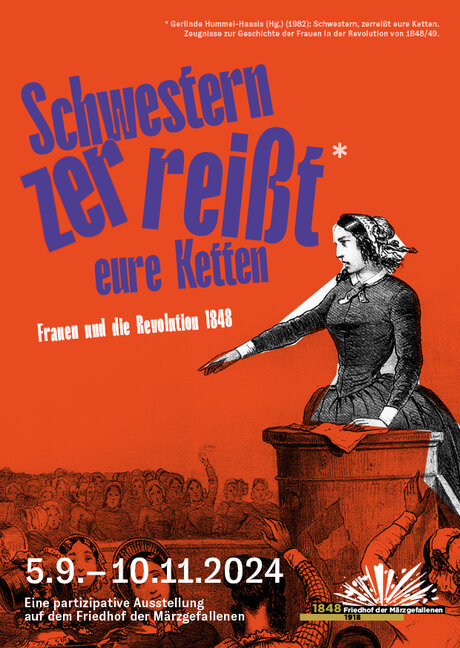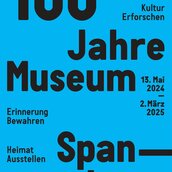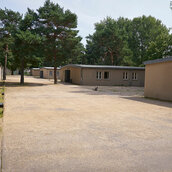
The revolution of 1848 was also a revolution for women. They wanted to break the invisible chains that determined their lives. In many places in Europe they fought against social hardship and for political change - and rebelled against an order that oppressed them socially and legally.
But what did life actually look like for women in Europe around 1848? How did they help shape society? And what were they fighting for when the revolution broke out in Berlin in March 1848?
The new special exhibition answers this question and also presents nine women who fought for freedom and equality. They make it possible to experience
- what it has to do with revolution when Emma Herwegh and Louise Aston wore trousers;
- why the topic of divorce was important to both Franziska Anneke and Clara Mundt;
- why Amalie Krüger was forbidden from working as a kindergarten teacher.



